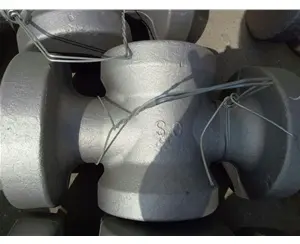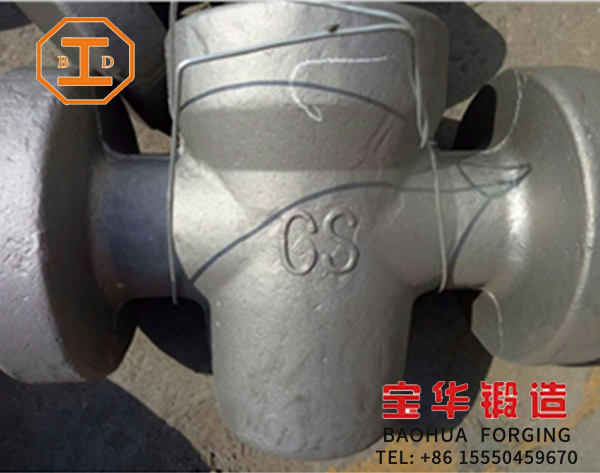The valve is forged in one piece, saving materials and reducing costs.
Introduction: According to customer requirements, it can be made of 45#, 40Cr, 30CrMo, 35CrMo, 42CrMo, 18CrNiMo7-6 and other materials. According to different weights, it can be forged on different forging equipment units. The weight of forged products can reach 6kg-500kg, Forging needs to be completed through heating, pre-forging, forming, trimming and other processes.

Forged steel valves are mainly applicable to the pipelines of various systems in thermal power plants, and can be used to control the flow of various types of fluids such as air, water, steam, various corrosive media, mud, oil products, liquid metals and radioactive media. Compared with other valve products, forged steel valves are characterized by high temperature and high pressure resistance and unique self sealing design. The higher the pressure, the more reliable the sealing. Due to the special performance, technical characteristics and working conditions, the products also have features that other products cannot replace.
During valve maintenance, attention should also be paid to the problem of water ingress into the electric actuator and its transmission mechanism. Especially in rainy season. One is to rust the transmission mechanism or transmission shaft sleeve, and the other is to freeze in winter. As a result, the torque of the electric valve is too large during operation, and damage to the transmission components will cause the motor to be unloaded or the over torque protection to jump out, and the electric operation cannot be realized. The transmission parts are damaged, and manual operation is impossible. After the overtorque protection action, the manual operation is also unable to open and close. If forced operation, the internal alloy parts will be damaged.
Both steel and iron are iron based alloys with carbon as the main addition element, which are collectively referred to as iron carbon alloys.
Cast pig iron is melted into molten iron in a melting furnace and cast into castings, which are called iron castings.
What is the difference between cast steel and carbon steel. First, steel is classified according to chemical composition
(1) Carbon steel: a. Low carbon steel (C ≤ 0.25%); b. Medium carbon steel (C ≤ 0.25~0.60%); c. High carbon steel (C ≥ 0.60%).
The steel is classified according to the forming method: (1) forged steel; (2) Cast steel; (3) Hot rolled steel; (4) Cold drawn steel.
Customers in any industry of valve bodies can request a quote for any number of valve bodies, from one prototype at a time and small batches to high volume production.







